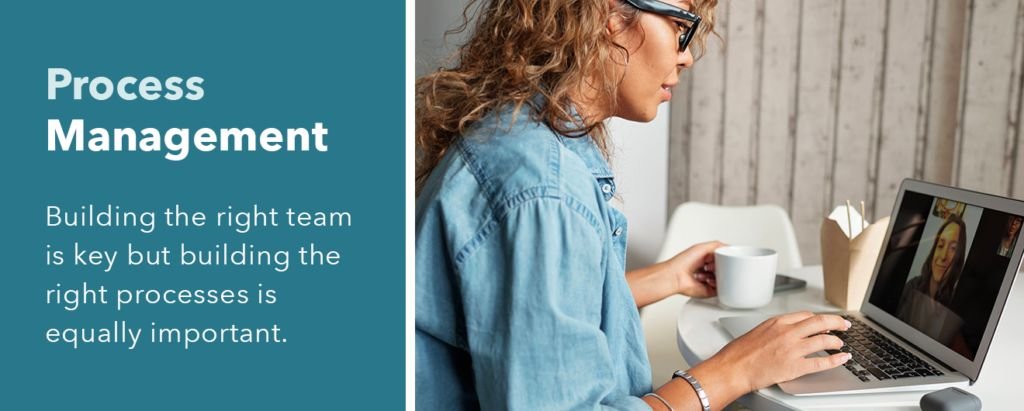
Article
5 min read
What is HR Cost Optimization?
Dom Hopkinson
Sep 3, 2020
Chapters
What is HR cost optimization?
“Why have we not done this yet?”
In these strange times, I guarantee this question gets asked a lot in company meeting rooms across the world. We are now living in a world-wide pandemic that has changed businesses across many industries. We have had to quickly learn to adapt to the current environment because what we were doing is no longer sustainable.
This environment has caused us to re-evaluate every aspect of our business – from recruiting, to training, to engagement. In order to survive, many businesses were forced to operate a different way which caused an explosion of creativity and critical thinking. Metrics were changed, business models were re-designed, and those businesses are finding out that these new ways are more effective. This new way of operating has caused us to ask ourselves “Why have we not done this yet?”
This leads us to the Human Resources (HR) and the lack of innovation that comes with it.
For the most part, Human Resources has operated the same way for hundreds of years. Now, we must change the way we do things. Our role is to support the business, and we can’t support it in the present if we’ve been doing things the way we have in the past.
HR has not typically been a lavish spender in the business world, but that doesn’t mean it is perfect. Budgets in every industry are being slashed, and HR leaders need to adapt to ensure they can still provide value to the business. We don’t have to operate at razor-thin margins, but we can’t expect to operate the same way we did in the past.
To provide business value and not drain the business of money at the same time, HR leaders must start optimizing their costs. This means objectively evaluating every detail about how HR is run in the organization. Below are questions which offer a good starting point:
- What are we spending our money on, with the amounts (no expense is too small at this step – every cent should be accounted for)?
- What metrics do we measure ourselves against?
- How often do we evaluate our processes to ensure they’re still effective and valuable in the current climate?
- How do we show the business, with facts and numbers, that we are saving them money?
There are many questions you can ask yourself to find out your HR department’s current reality in terms of performance, people, and cost.
Below is a list of practical ways you can optimize your costs and the benefits you may see because of it.
- Re-evaluate Your Recruiting Strategy
The first step in working at a company is finding out about the company’s opportunities. A streamlined and focused recruitment strategy can greatly reduce the time, money, and energy lost on terminated employees. Review where you are spending money to advertise your company’s open positions and compare that with the number of applicants you receive from those sources. You would be surprised how much money you’re spending on sites/services that don’t produce a great return-on-investment. This will cause you to be more strategic in where you advertise your positions, which should increase the quality and quantity of candidates you receive.
The next step is evaluating your Interviewing Process. This is one of the biggest opportunities in an organization – the people interviewing don’t have any formal training on how to interview effectively. Anyone who interviews candidates should go through formalized training on interviewing techniques. You can’t expect to build a successful team if those team members never should have been hired in the first place.
- Reduce the Number of Programs
Whether you’re a small business with a single location or a global business with over 1,000 locations, HR programs are always an opportunity for optimizing costs. One of HR’s main goals is to measure and increase employee engagement throughout the organization. This can sometimes end up with a business offering many different types of programs to try and please everyone. Unfortunately, this ends up costing HR lots of time, money, and energy by trying to manage all the programs effectively.
You should poll your employees once a year and ask for feedback on all the different HR programs available at your business. You may find a program that you love with a small number of participants is one of the most expensive and therefore not creating value. When you ask for feedback from your employees on these programs, you are showing you value their voice. This voice could lead to you eliminating unnecessary/unpopular programs for more efficient options.
- What’s the Turnover Data (in detail)?
Turnover is the most common metric HR departments measure themselves against. HR may not have a direct role in every termination (Voluntary or Involuntary), but they do have a role in helping the business attract and retain the best talent.
Reducing turnover should be a priority, but the goal should never be “reduce priority.” It is too vague, and it doesn’t give you any direction.
This is where your turnover metrics come in. Don’t say “reduce turnover” – find out what your turnover is by looking at the data. Consider things like…
- Which departments have the most turnover each year?
- What timeframe has the most turnover (Most turnover from employees who have been here between 1 – 3 years, least turnover from employees within their first year, etc.)?
- What are the reasons for the turnover?
- What trends are there for why people voluntarily leave?
- What trends are there for why people are involuntarily terminated?
- Does turnover spike in a certain month/timeframe in a year?
The answers to these questions provide insight into why people are leaving or are forced to leave. If the turnover is highest for employees that have been here less than a year, then what can you do in that first year to keep them engaged? If the turnover is significantly higher for a specific department, then create a focus group to understand why.
Using this turnover data will help you understand where you need to target retention programs to employees and keep them engaged and effective. The less time you spend trying to fill positions, the more time you spend on strategically supporting your business.
- Outsourcing
HR is responsible for so much that it can be hard to manage everything and not get burnt out. A quick opportunity to optimize your costs would be to outsource some of your department’s services. Programs like payroll administration or regulatory compliance can be outsourced to a third party to allow a significant cost reduction.
The companies that handle these programs are experts in their field, and they can use that knowledge to handle that program while you focus on more strategic initiatives to support your organization.
- Employee Safety
We kept this one for last because it’s not something typically considered as a cost reduction opportunity. Employee safety is a huge cost to the business, especially when it’s not managed correctly. Do you know how much you spend monthly on employee accidents and workers’ compensation?
Can you imagine what your HR department (and business overall) would look like if it spent half of that? In 2015, The Occupational Safety and Health Administration (OSHA) said employers pay $1 billion per week for direct workers’ compensation because of accidents in the workplace.
As an HR department, you may not have direct control over every employee’s safety, but you can be an advocate and a voice in the importance of employee safety. When someone gets hurt at work and they must take time off to recover, there are wide-reaching effects.
- You, as a company, are spending money that you didn’t have to if the accident never happened
- The employee and their family are likely stressed due to medical bills and not being able to work
- The department is down a team member, so other resources are pulled to make up for the employee who cannot be there, which causes stress on everyone
Creating Safety Programs can result in drastic cost reductions and even profit generation.
In Charles Duhigg’s book The Power of Habit, he talked about Paul O’Neill, a man who was hired as the new CEO at a company called Alcoa. Alcoa is the world’s eighth-largest producer of aluminum, so you can imagine they are constantly trying to focus on improving their production. When O’Neill came in, his number one focus was employee safety (not increasing revenue or re-imagining the business model). Initially, people thought he was nuts, but with everyone focusing on safety, fewer accidents happened. This meant more people were working more consistently and increased morale. When Paul O’Neill got to Alcoa in 1987, its sales were $1.5 billion annually. When he retired in 2003, their sales were $23 billion annually. That’s the potential and profit of safety.
When you optimize your HR costs, you open new ways of operating. Creativity, engagement, and morale can improve even when you are trying to reduce your resources. With the ways of business changing, you cannot afford to not optimize your costs.

How to calculate your labour-to-cost ratio
Labour-to-cost Ratio is important because you need people to run your business, and those people cost money.

How to improve cost control for your hospitality business
Digitalising your hospitality business could be one of the key success factors in 2024. This article explores why. Read on.







